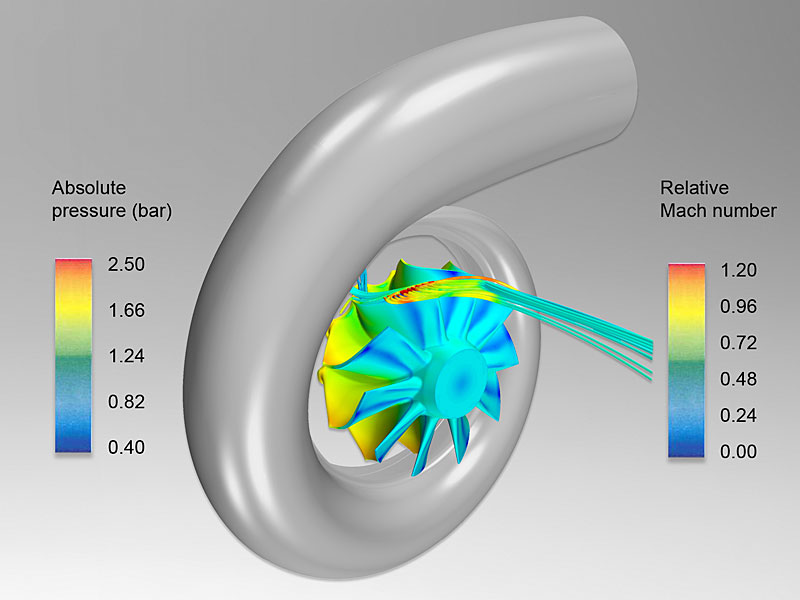Improvements in the efficiency of internal combustion engines has led to a reduction in exhaust gas temperatures. The simultaneous tightening of exhaust emission limits requires ever more complex emission control methods, including after treatment whose efficiency is crucially dependent upon the exhaust gas temperature.
Double-walled exhaust manifold and turbine housing modules made from sheet metal have been used in gasoline engines since 2009. They offer the potential in modern Diesel engines to reduce both the emissions of pollutants and fuel consumption. They also offer advantages in terms of component weight and surface temperatures in comparison to cast iron components.The results suggest that the application of air-gap insulated exhaust systems could lead to a reduction of HC, CO, and NOx emissions at the tailpipe in the range of 20 to 50%, depending on the engine design, vehicle inertia class, and driving cycle, when compared to a baseline exhaust system fitted with a conventional cast iron exhaust manifold and turbine housing.

With the application of optimized EGR strategies, an increase in the engine out NOx levels could be allowed by taking advantage of the higher NOx conversion rate in the SDPF. As a consequence, an overall fuel savings potential of up to 2% was observed in WLTP and Further technological improvements in diesel engines are necessary to fulfill the increasingly stringent exhaust gas legislation and simultaneous reduction in CO2 emissions. In the EU and some other countries, the improvement in mandated procedures, such as the Worldwide harmonized Light vehicles Test Procedure (WLTP) and real driving emissions (RDE) limits, are almost certain to be introduced. The introduction of these stringent procedures will demand further improvement in system efficiencies. In addition to a DOC and diesel particulate filter (DPF), future engines will be equipped with a NOx after treatment device such as a NOx storage catalyst or a selective catalytic reduction system.
Reference
Bhardwaj O. P, Lüers B, Holderbaum B, Kolbeck A, Köfer T (ed.), “Innovative, Combined Systems with SCR for Upcoming Stringent Emission Standards in US & EU,” 13th International Stuttgart Symposium on Automobile and Engine Technology, Stuttgart, 2013.
Post time: May-23-2022